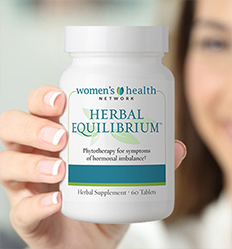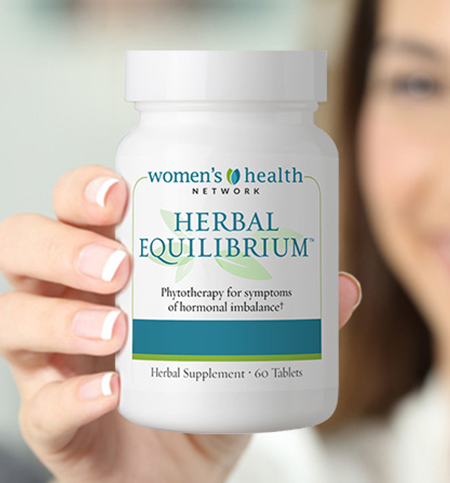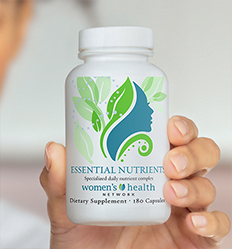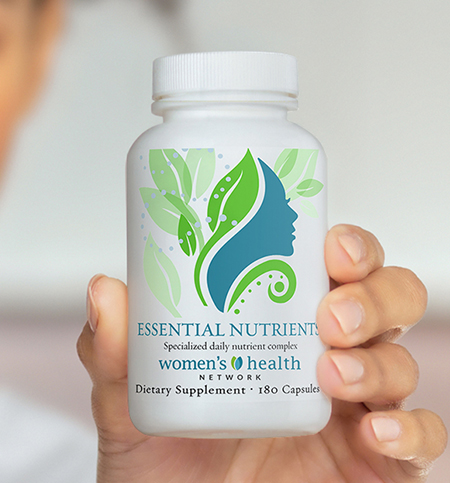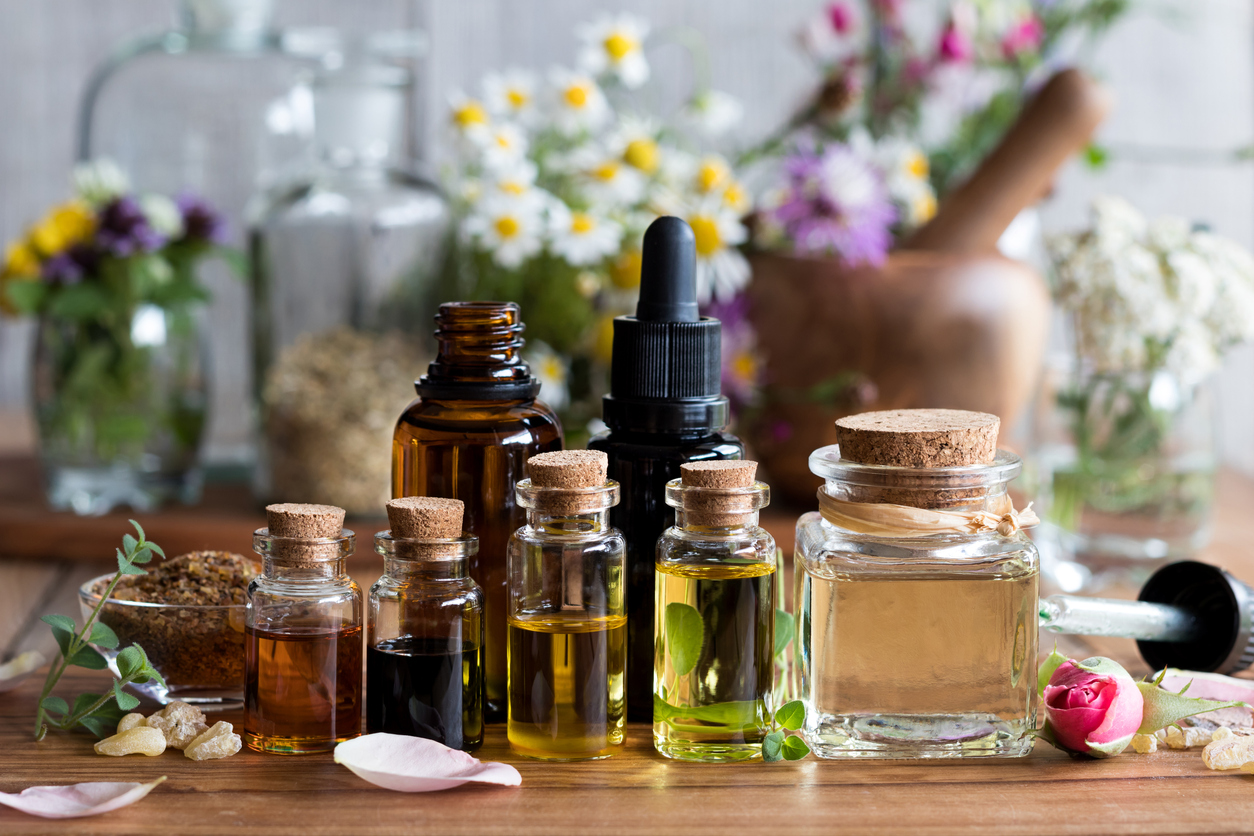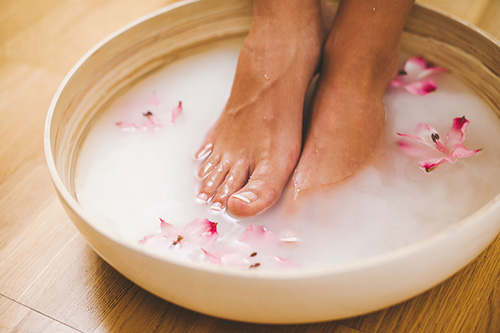If you’re feeling self-conscious about cellulite, you have lots of company. With 85 percent of women developing cellulite at some point, almost all of us have this weird, bumpy fat somewhere on our bodies.
So what is cellulite and why do so many women have it? Does anything really reduce cellulite? Perhaps, more important, is there anything you can do to change how you feel about cellulite — and your body?
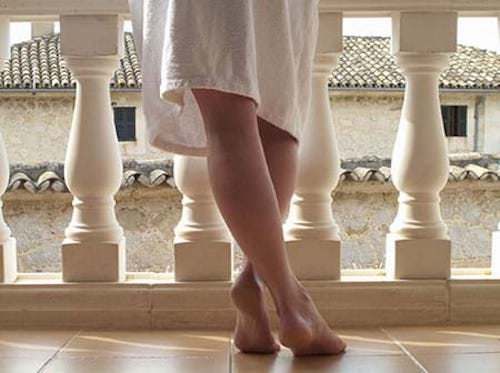
Let’s take a look underneath your skin to understand how cellulite forms in the first place.
What is cellulite?
Cellulite is fat by another name. It develops when underlying fat deposits push through the layers of collagen fibers, or connective tissue, under your skin. Cellulite is lumpy and bumpy and typically appears in places where your body tends to store fat — your thighs, buttocks, upper arms and belly.
Women of any shape, size and age can develop cellulite. But, despite what magazines in the supermarket checkout line lead us to believe, cellulite is not some dire disease that needs to be fixed by the latest miracle cure.
Cellulite and your hormones
The appearance of cellulite can be stressful for women who don’t like it and wish it would disappear. Cellulite is often linked to hormonal transitions. After puberty, estrogen circulating in your body triggers fluid build-up in fatty tissue. Beneath the skin, this “plumped up” fatty tissue is more likely to strain against the collagen fibers beneath your skin’s surface, creating cellulite’s distinctive “orange peel” texture and appearance.
During pregnancy, the same hormonal changes that can cause stretch marks make you more prone to developing cellulite. But estrogen also regulates your body’s production of collagen. When estrogen levels eventually begin to fluctuate during perimenopause and menopause, collagen production also decreases.
Less available collagen means weaker connective tissues and thinner skin, creating near-ideal conditions for cellulite to show up. This is why so many women first notice cellulite’s telltale “cottage cheese” skin as they enter perimenopause.
Estrogen is also a key hormone involved in healthy vascular circulation in women. When estrogen levels fluctuate and shift into an imabalnce, blood circulation to the connective tissues is reduced and the tissues are weakened. These hormonal changes also affect lymphatic circulation. That leaves stagnant lymph trapped in weakened connective tissue and may increase the appearance of cellulite.
Estrogen can also contribute to cellulite by adding fat. Excess fat accumulation can be triggered by estrogen dominance, a common hormonal imbalance in which too much estrogen circulates in the body. Estrogen dominance can happen at any time in a woman’s life — even during perimenopause and menopause. Balancing estrogen should be a priority for any woman in perimenopause and menopause.
Other factors that contribute to cellulite
Being overweight can make cellulite more noticeable. The more fat stored beneath your skin, the more likely it is to stress your connective tissue and cause the skin to dimple.
Poor muscle tone can make cellulite look even worse. Smoking cigarettes is another known contributor to cellulite. Smoking reduces healthy circulation and disrupts your body’s ability to form collagen. (Consider this yet another reason to quit!)
But it’s also true that many of us may simply be genetically predisposed to cellulite, even if we’re very fit and slender.
8 ways to naturally reduce the appearance of cellulite
People spend about $62 million per year on products and procedures that promise to banish cellulite and return skin to its former smoothness. But as studies show, most of these wraps, creams and gizmos just can’t deliver on that promise.
Try these natural tips to improve your skin’s appearance:
Stay hydrated: Drink lots of water every day to keep your connective tissue strong and supple. You can increase fluid intake by eating more foods with higher water content, such as cucumbers, bell peppers and celery.
Drink bone broth: To get extra collagen into your body, add soothing bone broth to your diet. The best kind of bone broth is homemade. Take leftover bones from meat dishes, or get beef bones from the supermarket meat department, and simmer in water for 8-24 hours. Add a little apple cider vinegar to release as much collagen as possible.
Jump around: Different forms of exercise help reduce the appearance of cellulite in different ways. Aerobic exercise is great for overall circulation which is good for collagen. Squats, lunges and other strength training exercises firm and tone the muscles which will, in turn, tighten the skin, making cellulite less noticeable.
Lose a few pounds: If you are overweight, dropping some of your excess weight will reduce the appearance of cellulite. But do it slowly because crash diets that promote rapid weight loss can leave your skin in worse condition because they aren’t nutritious. Eat a Mediterranean-style diet that promotes sustained, healthy weight loss.
Dry-brush your skin: To improve circulation, use a dry bath brush or loofah to gently brush your skin in one direction, toward your heart. Dry-brushing can help move stagnant lymph along its one-way circuit, and can make the skin feel softer and smoother.
Try self-massage: Like dry brushing, massage helps with circulation and fluid drainage and may temporarily improve the appearance of your skin. Using strong but gentle pressure, stroke your skin with your hands in the direction of your heart. You can get a good amount of pressure when you use massage balls or rollers. Better yet, put yourself in good hands and book an appointment with a good massage therapist.
Take a good multivitamin: Your skin and connective tissue require constant nourishment. Key vitamins for healthy skin are Vitamin C (critical for collagen production) and beta carotene, which your body uses to replenish and repair skin cells. Taking a quality multivitamin helps ensure that your skin and supportive tissue get what they need to stay healthy and strong.

Make your own coffee skin scrub: Caffeine-containing ingredients applied topically may improve circulation in the skin and help exfoliate dead skin cells. Try this DIY brown sugar coffee scrub with moisturizing coconut oil:
- 1/4 cup used coffee grounds
- 3 tablespoons brown sugar
- 3 tablespoons melted coconut oil
Combine ingredients to create a paste and store in a jar for up to two weeks. Use in the shower as you would any skin scrub, and rinse.
Love the skin you’re in
Did you know that cellulite wasn’t even a word until 1922 when it was invented by French doctors? Perhaps not coincidentally, that was the same time as women’s hemlines started to rise. So is cellulite just another made-up problem manufactured to make women feel self-conscious enough to blow a lot of money on gimmicky products that just don’t work?
We certainly have our suspicions. But here we are in the midst of an airbrushed world where even candid snap shots on social media are carefully cropped and filtered to hide our “imperfections.” Perhaps it’s time to at least think about embracing who we are so we can love the skin we’re in.
After all, every body is beautiful.
Harmon, Katherine. “Is Cellulite Forever?” Scientific American – https://www.scientificamerican.com/article/is-cellulite-forever/
Kravitz, Len and Achenbach, Nicole J. “Cellulite: A Review of its Anatomy, Physiology and Treatment” – https://www.unm.edu/~lkravitz/Article%20folder/cellulite2.html
Leszko, Marta. “Cellulite in Menopause.” Przegla̜d Menopauzalny = Menopause Review 13.5 (2014): 298–304. PMC. Web. 21 June 2017.
Louis, Catherine. “Plenty of Treatments, but No Cure for Cellulite” NY Times. https://www.nytimes.com/2009/06/25/fashion/25skinintro.html
Rawlings, A. V. (2006), Cellulite and its treatment. International Journal of Cosmetic Science, 28: 175–190. doi:10.1111/j.1467-2494.2006.00318.x
https://www.scientificamerican.com/article/is-cellulite-forever/
https://www.unm.edu/~lkravitz/Article%20folder/cellulite2.html
https://www.ncbi.nlm.nih.gov/pmc/articles/PMC4520379/
https://onlinelibrary.wiley.com/doi/10.1111/j.1467-2494.2006.00318.x/full
https://www.nytimes.com/2009/06/25/fashion/25skinintro.html?_r=0&mtrref=undefined&gwh=313F57F7E3A964DCF60F1C9043D4229D&gwt=pay







